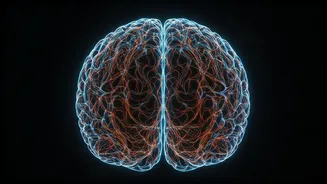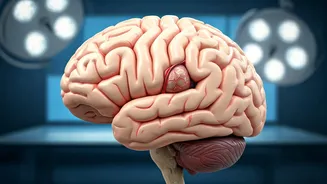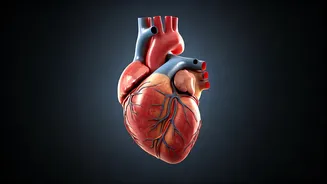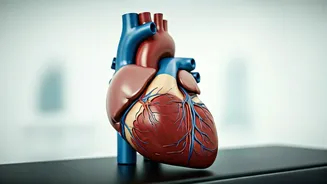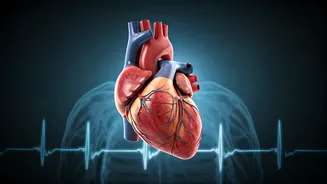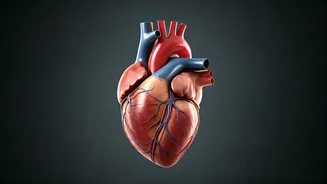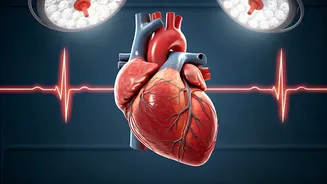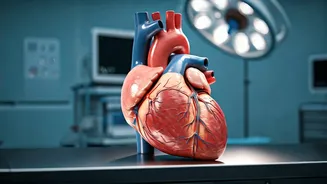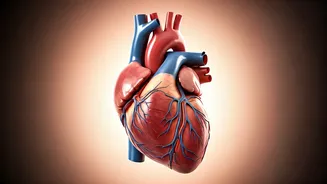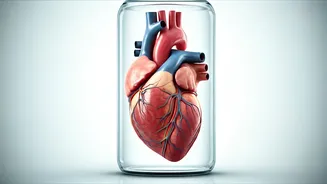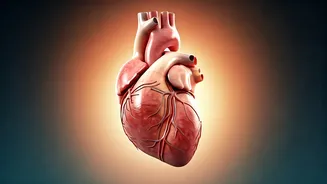What is it?
A brain aneurysm, often described as a bulge or ballooning in a blood vessel within the brain, occurs due to weakened arterial walls. The size of these
aneurysms can differ widely. Some are small and pose minimal threat, while others grow large, putting pressure on surrounding brain tissue or even rupturing. If a brain aneurysm ruptures, it can lead to a potentially life-threatening condition called a subarachnoid hemorrhage, which can cause significant damage or even be fatal. Understanding this basic information is critical for comprehending the condition and the significance of early detection and management.
Causes and Risks
Several factors contribute to the formation and progression of brain aneurysms. High blood pressure is a significant risk factor, as the constant pressure can weaken arterial walls. Smoking also plays a substantial role, damaging blood vessels and increasing the likelihood of aneurysm formation. Certain inherited conditions, such as polycystic kidney disease and Ehlers-Danlos syndrome, can predispose individuals to aneurysms because they can affect blood vessel structure. Traumatic brain injuries can lead to aneurysms in rare cases. Age is another factor; aneurysms are more commonly diagnosed in people over the age of 40. Family history of aneurysms also elevates an individual's risk, indicating a possible genetic component.
Symptoms to Watch
Recognizing the symptoms of a brain aneurysm is critical for early detection and intervention. Warning signs can vary depending on the size and location of the aneurysm. Common symptoms may include a sudden, severe headache, often described as the worst headache of your life. Other potential signs include nausea, vomiting, a stiff neck, sensitivity to light, and blurred or double vision. Additionally, a drooping eyelid, dilated pupils, and changes in consciousness can occur. If an aneurysm ruptures, the onset of symptoms is usually abrupt and intense. If experiencing any of these symptoms, especially a sudden, severe headache, seek immediate medical attention as early intervention dramatically improves outcomes.
Preventing Risks
While not all risk factors can be controlled, several lifestyle adjustments can help reduce the risk of developing a brain aneurysm. Managing high blood pressure through medication, a healthy diet, and regular exercise is essential. Smoking cessation is also crucial, as quitting smoking significantly decreases the risk. Regular health check-ups and screenings are vital, especially if there is a family history of aneurysms. Maintaining a healthy lifestyle, which includes a balanced diet rich in fruits, vegetables, and whole grains, and limiting alcohol consumption, supports overall cardiovascular health. Reducing stress and getting adequate sleep can also contribute to overall health and potentially lower the risk of aneurysms.
Lifestyle Adjustments
Certain lifestyle changes can significantly contribute to the prevention and management of brain aneurysm risks. Adopting a heart-healthy diet is a crucial step. This involves reducing saturated and trans fats and increasing the intake of fruits, vegetables, and whole grains. Regular physical activity, such as brisk walking, swimming, or cycling, can help maintain healthy blood pressure and overall cardiovascular health. Avoiding tobacco products and limiting alcohol consumption are other important steps. Managing stress through relaxation techniques like yoga or meditation can also be beneficial. Regular medical check-ups and monitoring blood pressure and cholesterol levels are important aspects of a preventive approach.
